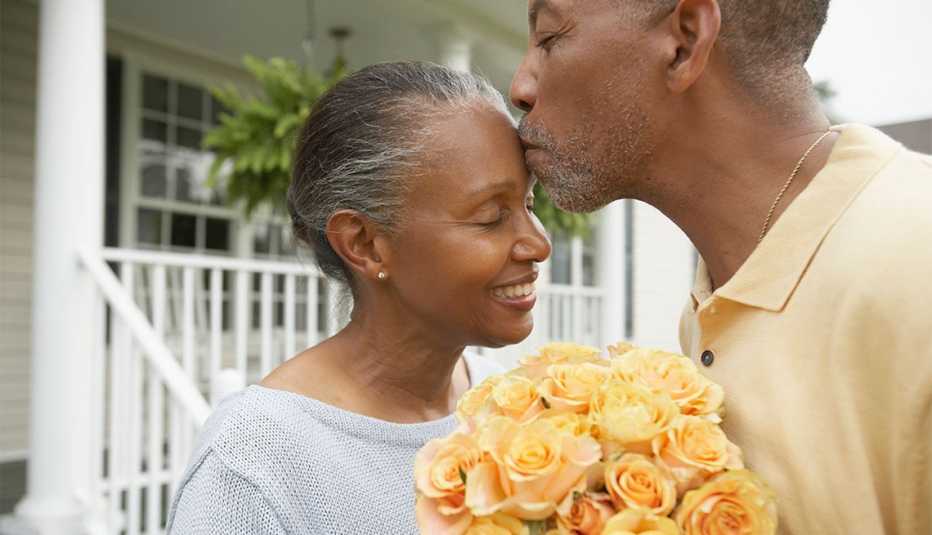Staying Fit


Men and women who quailed at the shackles of marriage in the 1960s and 1970s will rejoice to learn there's a new model that encourages them to keep a room of one's own. These are not open marriages so much as open-door marriages, in which longtime wedded partners opt to share their love but not their living quarters.
Doesn't that dilute the union? To find out, I asked some "double domicilers" — starting with myself! — to explain how they make this alternative arrangement work.


AARP Membership— $12 for your first year when you sign up for Automatic Renewal
Get instant access to members-only products and hundreds of discounts, a free second membership, and a subscription to AARP the Magazine.
Pepper and Fred. I've been with my guy, Fred Kaseburg, for more than nine years now. But unless you count shared vacations or running back and forth between our two houses (he's in Seattle; I'm 40 minutes east in Snoqualmie), the two of us have never lived together.
Join the discussion: Talk openly with other folks about love, sex and relationships.
About a year and a half ago, we took a serious step: We got engaged.
When old friends learned of my change in status, their first question was, "Whose house will you live in?" My answer was — and is — "Why would we change anything just because we're getting married?"
Please understand: It's not that we don't want to live together; it's just that working out how we would do that has proved dicey. We both love the homes we've made (and we both like each other's abode well enough), but living in the other person's dream house would not suit either of us. Not only would we both have to sacrifice homes we treasure to buy a new place together, but doing so would complicate how and when we pass on that property to our children from previous marriages.
Further complicating matters, I live with an assistant who helps me organize my life, whereas Fred is unaccustomed to, and uncomfortable with, having an unrelated person present in the household. Throw in my three big dogs (totaling 340 pounds!) and we start to think we should leave well enough alone — perhaps indefinitely.
I know all this flouts the presumptions we hold dear about how married people (or serious cohabiters) should live their lives as a couple. But there's no denying that many older duos are capitalizing on the freedom of their non-childbearing years to redesign their relationship. Indeed, some couples have defined marriage a bit differently from the start, and they see no reason to change now.
Learn "11 Fall Vacations You Never Thought Of" and more in the next AARP Webletter
Kim and Andrew. Although they've been married since 1991, Kim Anderson (in her late 50s) and Andrew Bentley (nine years older) have never lived together for more than six months at a stretch. Andrew, a British corporate-insurance expert, works half the year in Bangkok. Kim, a retired American lawyer, lives in Seattle.
Far from despairing of the distance between them, Kim and Andrew take pride in the fact that their unusual setup has enabled both of them to honor the needs of their respective careers.
"We manage to spend about half the year together," says Kim. "The key is honesty, communication and trust: You have to trust that you will live your lives, both separate and together, in a way that is true to your relationship.


































































More on Home and Family
6 Reasons Why Men Should Date Women Their Own Age
Compatibility, emotional maturity — and, yes, great fun — are just a few of the reasons11 Ways to Look 10 Years Younger
Want to shave off some of your age? We have ways